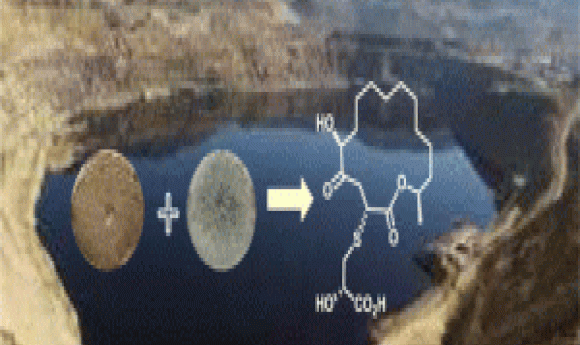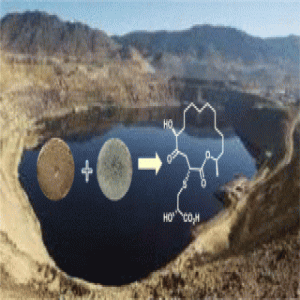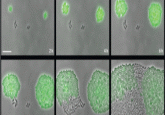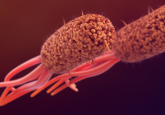What lies beneath: plundering pits for antibiotics

Recent research shows that fungi from a toxic disused mine produce a novel MRSA-fighting antibiotic.

Fungi isolated from the Berkeley Pit can produce a novel compound with antibiotic properties.
Credit: Andrea Stierle
Lurking deep within the rolling Montana hills lies a disused copper mine, the Berkeley Pit. The 1500-foot-deep pit is filled with remnants of its industrial past; water mixed with heavy metals and toxic chemicals creates a hazardous acidic concoction, which if ingested by humans could be fatal.
While deadly to us, other species thrive in these conditions. Extremophile microbes proliferate within these severe environments, often yielding molecules with interesting properties that may even be used in space exploration. Now, research published in the Journal of Natural Products has identified two species of fungus isolated from the Pit that work together to produce a novel compound that may help wage war in the battle against antibiotic resistance.
“We wanted to look at the co-culture of two fungi species because these organisms were difficult to separate during isolation, so we reasoned there could be a biological explanation,” said the lead author, Andrea Stierle, who has been plumbing the depths of the Pit for 30 years to identify interesting secondary metabolites. “We knew what they could do separately but wanted to see what they could do when back together. And it turned out they had totally different chemistry.”
First, the team isolated two different species of Pencillum fungus and subsequently grew them individually and as a co-culture. After 6 days of fermentation, they found that the mixed culture produced 16 types of previously unknown macrolides—molecules with a lactose ring—that were absent when the species were grown alone.
Coined “Berkeleylactone,” these structures bore a resemblance to the antibiotic erythromycin, prompting the team to test them for antibiotic properties. One compound, Berkeleylactone A, was active against a range of gram-positive bacteria, including MRSA. Interestingly, mode-of-action studies showed that this molecule had a novel mechanism of antibiotic activity since it did not inhibit protein synthesis or target the ribosome.
These findings came as a total surprise, “We expected to see one or two compounds, not a new class of compounds with antibiotic properties and a potential novel mechanism! It’s been a rich study,” Stierle exclaimed.
“Next, we aim to underpin this mechanism,” stated Stierle. While her lips are sealed over the finer research points due to an emerging collaboration, she revealed that future work involves genomic analysis. She remains optimistic about the new compound’s clinical relevance: “After three decades of work, it’s amazing to finally get a molecule that you believe may go far!” she laughed.





